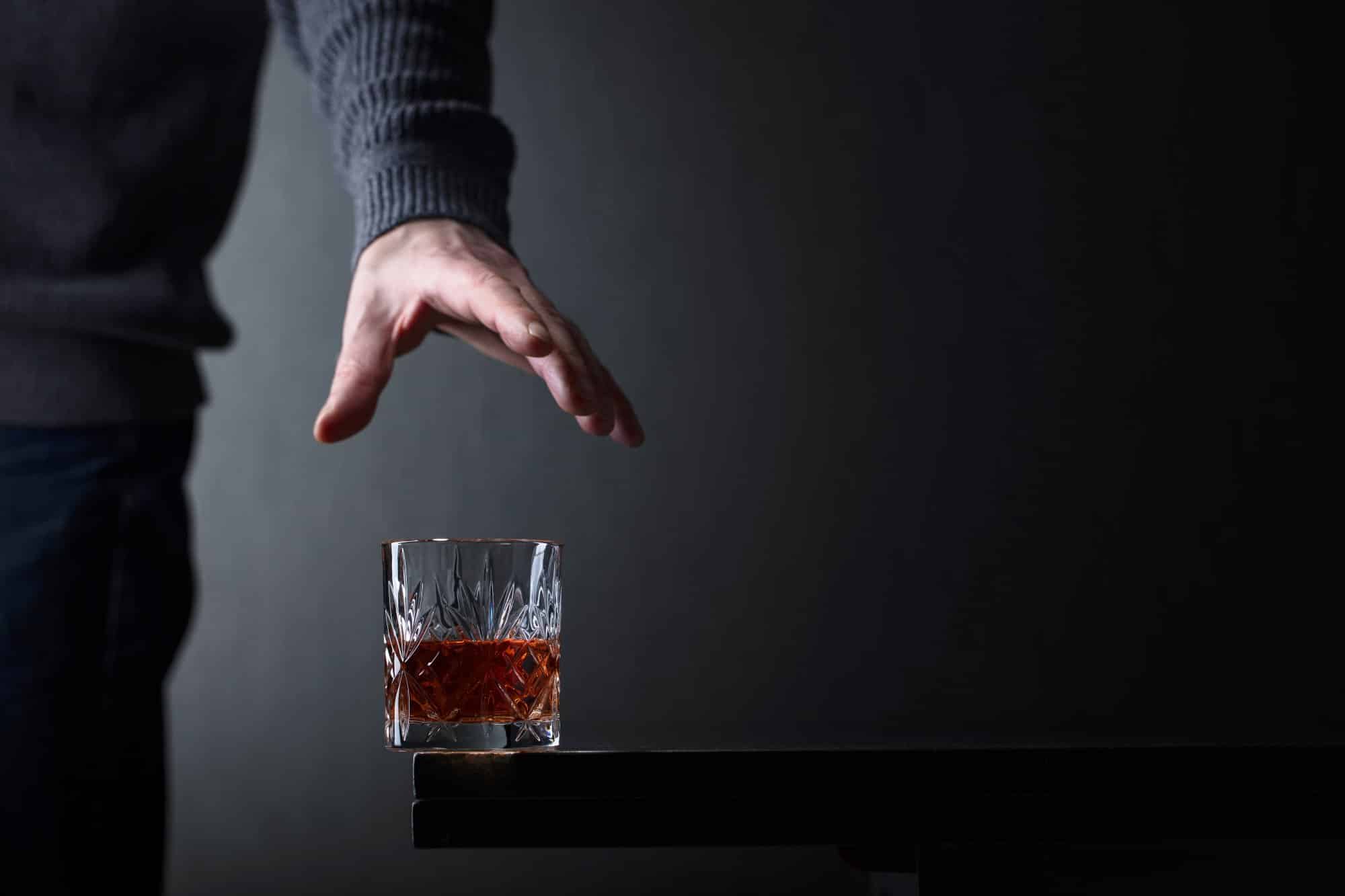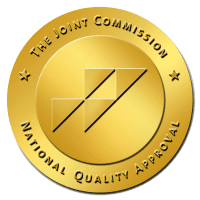Alcohol dependence is a painful issue that makes people feel trapped and isolated. However, those who suffer from an alcohol problem are far from alone. Over 5100 people across Arizona struggle with addiction, and about 3500 of them are in the greater Phoenix area.
If you suspect that you or a loved one may have a drinking problem, getting help is the first step toward getting better. But what is considered a heavy drinker? Do you qualify as someone who should seek addiction assistance?
Read on to learn the facts about alcohol addiction and getting sober.
What Is Considered a Heavy Drinker?
The National Institute on Alcohol Abuse and Alcoholism has created tiers for drinking. A man can have 2 drinks per day and still be considered a moderate drinker; a woman can have 1. However, less alcohol is better for someone’s health.
Heavy alcohol use is defined for men as drinking 5+ drinks per day. A man also qualifies as a heavy drinker if he consumes 15+ drinks weekly. Only one of these two criteria must be met for the individual to drink heavily.
For female drinkers, these figures are lower because of body mass and tolerance. Having 4+ drinks qualifies as heavy drinking for women, as do 8+ drinks in a week. Once again, either one of these two frequencies means heavy drinking is present.
Signs That Someone Has Had Too Much to Drink
If you’re trying to determine whether a loved one is a heavy drinker, you may not always know precisely how much alcohol they have each day. However, there are overt signs that someone is inebriated that you can look for.
Slurred speech and a lack of balance are extremely common. If someone is poorly coordinated or seems to be experiencing unnatural changes to their field of vision, they may be drunk frequently. Many heavy drinkers are skilled at hiding these signs, but you will likely be able to notice overly practiced movements or odd speech patterns that tip you off.
Poor judgment and impaired decision-making are also signs of alcohol problems. If someone you know seems more impulsive than usual or won’t stop engaging in risky behaviors, consider whether or not they may be drinking too much. Abrupt shifts in mood and frequent mood swings may also indicate intoxication.
It’s difficult to notice these signs in your own behavior after drinking, but those who suspect that they have a substance abuse issue can make note of them.
Heavy Drinking vs Binge Drinking
Binge drinking is another alcohol problem. It can cause the common external signs of heavy intoxication, though these signs will usually be of a shorter duration. However, binge drinking is distinct from “heavy drinking.”
A binge drinker who otherwise doesn’t drink heavily may suffer from alcohol addiction. Per the NIAAA, binge drinking is a pattern of consuming alcohol that brings the BAC to 0.08% regularly. This BAC usually comes after having 4-5 drinks within a 2-hour span.
SAMHSA defines binge drinking a bit differently. They say that someone binged on alcohol if they had 4-5 drinks on the same occasion within ~2 hours of each other.
An otherwise moderate drinker could go to a party and binge drink. While this isn’t necessarily indicative of a problem – plenty of people have too much fun sometimes – it’s almost certainly a sign of an issue if it happens regularly. If you find yourself binging more than once a month, this is a sign that you may want to seek treatment.
Is Heavy Drinking the Same as Alcohol Abuse?
Heavy drinking is often a sign of alcohol abuse. Those who have an alcohol problem do drink heavily. However, the terms are not synonymous since “alcohol abuse” depends on a wide range of factors.
You can think of heavy drinking as a necessary condition for alcohol abuse. It’s not the same thing, but they go hand in hand.
There are several signs that a person may have an alcohol problem, and the quantity of drinks only matters to a certain point. It’s critical to think about other important considerations, too.
Motivation Matters
The motivation that a person has for drinking contributes to whether or not they’re experiencing addiction. Some people drink socially to have fun with friends, and this isn’t usually a massive issue unless they’re binging or drinking daily.
However, those who drink to forget problems, escape stress, or glorify bad experiences are more likely to have substance abuse issues. Drinking shouldn’t be self-medication. If it is, you’re probably abusing alcohol.
Physical Dependence
Experiencing withdrawal symptoms when you don’t drink is also a heavy-handed sign of alcohol abuse. This doesn’t just mean one hangover. Those with drinking problems become physically dependent on the substance, and their body believes that it needs alcohol to survive.
Some common signs of alcohol withdrawal include:
- Hand tremors/shaking
- Excessive sweating
- Bad headaches
- Lack of appetite
- Nausea and vomiting
- Depressed feelings
If you notice yourself or a loved one struggling with these issues, it’s a sign of dependence. It’s essential that you get treatment ASAP when you notice them. Those with severe alcohol dependence face more serious withdrawal symptoms like seizures and even heart failure.
Don’t try to quit cold turkey, either. You’ll find yourself contending with a lot of sudden and unmanageable withdrawal symptoms that can in extreme cases be deadly. Quit slowly and under the watchful eye of experts.
Needing to Drink
Physical dependence isn’t the only way to be addicted to alcohol. It’s just one sign that you might be. If you feel in your mind that you need to drink, this uncontrollable compulsion is a sign that you’re contending with an alcohol abuse problem.
Those with addiction feel the need to drink every day even when it’s objectively unnecessary. They may feel agitated and irritated when they’re unable to do so. Sometimes this can lead to serious anxiety.
If you experience heavy cravings when you can’t drink, that’s also a sign of abuse. If you try to refrain from drinking and find that you can’t for either physical or psychological reasons, it’s time to seek the help of a holistic treatment professional.
Drinking When You Should Be Completely Cut Off
Some people should avoid using alcohol entirely. These individuals are more at risk for causing injury to themselves and others when they drink. Some examples include:
- People who plan to operate machinery
- Those who are getting behind the wheel of a car
- People who take specific prescription medications that they know interact badly with alcohol
- Pregnant women (or women looking to become pregnant)
- Women who are breastfeeding
- Those with medical conditions that worsen with alcohol
- People with previous substance addiction problems who are in remission
- Individuals younger than 21
If you or a loved one drinks despite being in one of these groups, it’s a sign that there’s a problem. This is especially true if you acknowledge the risk, attempt to be responsible and not drink, and fail to do so because the compulsion to drink is too strong.
AHCCCS-Supported Treatment Options for Heavy Drinkers
You likely have heard that the first step toward getting better is acknowledging that there’s a problem. This couldn’t be more true.
An adult can’t be forced to check into a treatment program unless they hurt themselves or another person. This means that you need to voluntarily seek help (or convince your loved one to enter a treatment program.)
Fortunately, there are a lot of myths surrounding alcohol detox. People often think that they’re going to be forced into a hospital setting for medical detox. While this is a good option for heavy users in immediate danger or those who need care after a life-threatening binge, it’s far from the only option.
Most people have a choice between inpatient rehab and outpatient therapy.
Residential Inpatient Rehab
Those in inpatient programs stay at a residential facility for 1-3 months. If you enter one of these programs, you’ll sleep at the treatment center while you recover.
Your days will be made up of individual and group therapy sessions, activities that boost your mental health, and socializing. You’ll get tips on how to lead a sober life and have experienced professionals to support you through the process of quitting your drinking.
This is ideal for those who worry that they might require 24/7 medical care. Expert monitoring will also keep patients on the right track. Plus, since the rehab center takes care of housekeeping and provides balanced meals, you can focus on recovering rather than daily chores.
Outpatient Programs
If you don’t like the idea of leaving your home for a month or more, there are other treatment options available that you may prefer. Outpatient programs let you get therapy at a rehabilitation center for 3-5 hours increments. These sessions would happen 5-7 days per week.
Some people start with outpatient therapy, but this isn’t the norm. Usually, an outpatient program is the next step that someone takes after inpatient recovery. It’s a sort of transitional period where you can rebuild your personal and professional life while sober.
You can choose to get therapy at specific times of the day or on weekdays vs weekends. This means that you’ll be able to operate on your own schedule and get your life back on track.
As the weeks progress, the number of therapy sessions you need will taper off. So will the length of those sessions. As long as you stay vigilant, don’t drink, and commit to progressing in recovery, you’ll be able to get back to life responsibly and comfortably.
Partial Hospitalization
Regardless of what avenue you choose, it’s important to rely on a personal support system as well as professional assistance. Talk to your loved ones openly about your drinking problem and let them be there for you. This will let you share your burden with friends and family so you get the support you need and deserve.
Partial hospitalization is a happy medium between inpatient and outpatient programs. You live at home but have 4-6 hours of therapy at the rehab center for at least 5 days per week. They work for people who want to go to work or school while still combatting addictions.
These systems are ideal for people who can safely manage their addictions while living at home without any life-threatening withdrawal potential. They’re more intensive than other outpatient programs but less intensive than residential inpatient therapy. This makes them a top choice for many people trying to get their lives back assuming that they have safe and supportive home environments.
Where to Begin Treatment
Purpose Healing Center offers all of these types of rehabilitation. To begin determining which option is right for you, talk with our team about your specific needs. We’ll help you understand the severity of your problem, the type of help you require, and what program will best suit your individual needs.
We also are happy to discuss insurance with you. We work with patients who are on AHCCCS to ensure that care is accessible and affordable.
Since you want to choose a nice and supportive facility, virtually touring the inpatient center and outpatient locations will give you a glimpse of what life during recovery will look like. You can make a confident, informed decision about where to seek help.
Read online reviews and talk to past Purpose Healing Center patients. This will give you an idea of what to expect. Other people as well as the residential staff can help you understand that you’re in good hands and that both help and hope are available.
Start Getting Sober With Holistic Treatment
So, what is considered a heavy drinker? The answer varies from person to person, but if alcohol is getting in the way of your daily life, it’s time to seek help.
Our team is committed to providing alcohol addiction treatment to individuals across Arizona. We operate within the guidelines of the AHCCCS Medicaid agency to ensure that most people can get affordable treatment. Contact Purpose Healing Center to discuss holistic treatment, evidence-backed therapies, and how we can help you break free of the chains of dependence.



